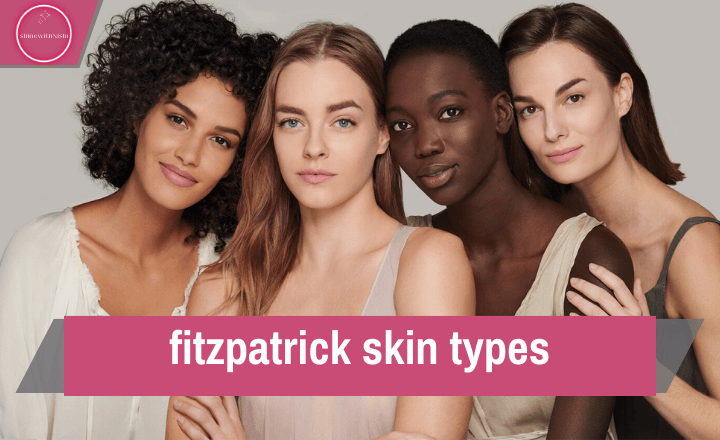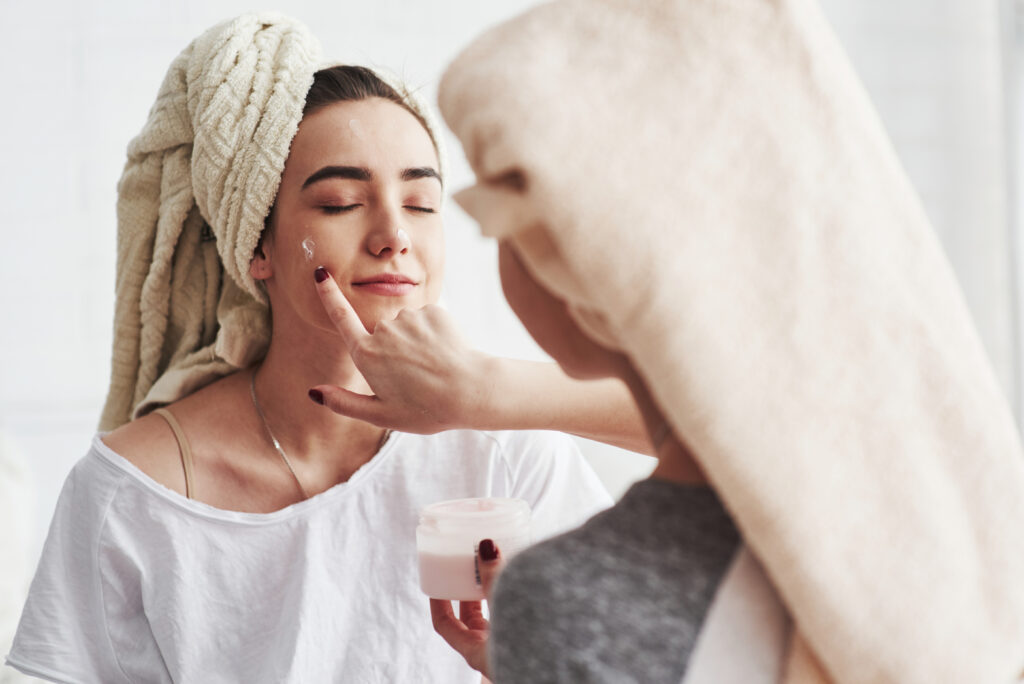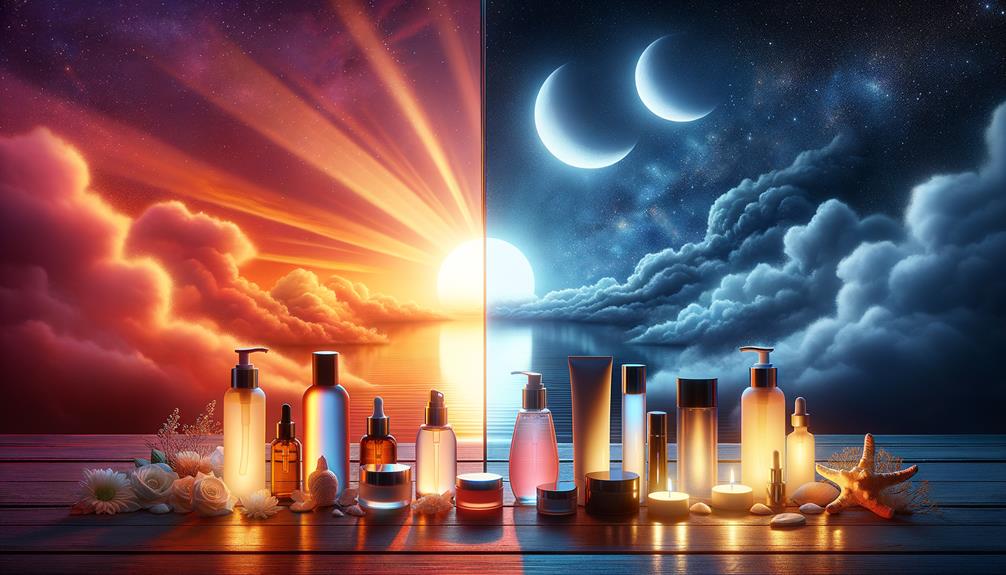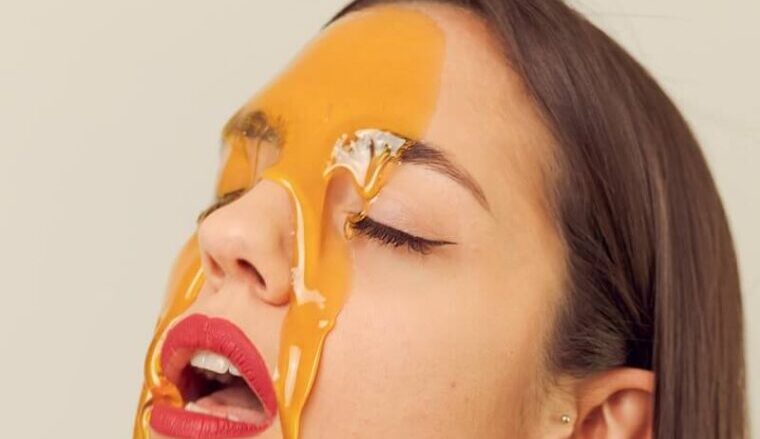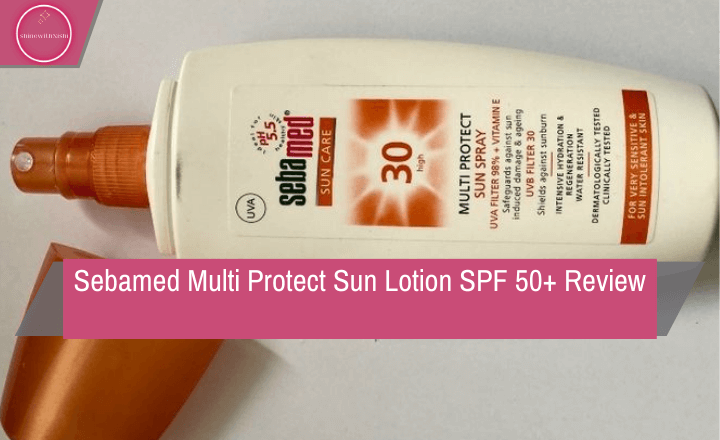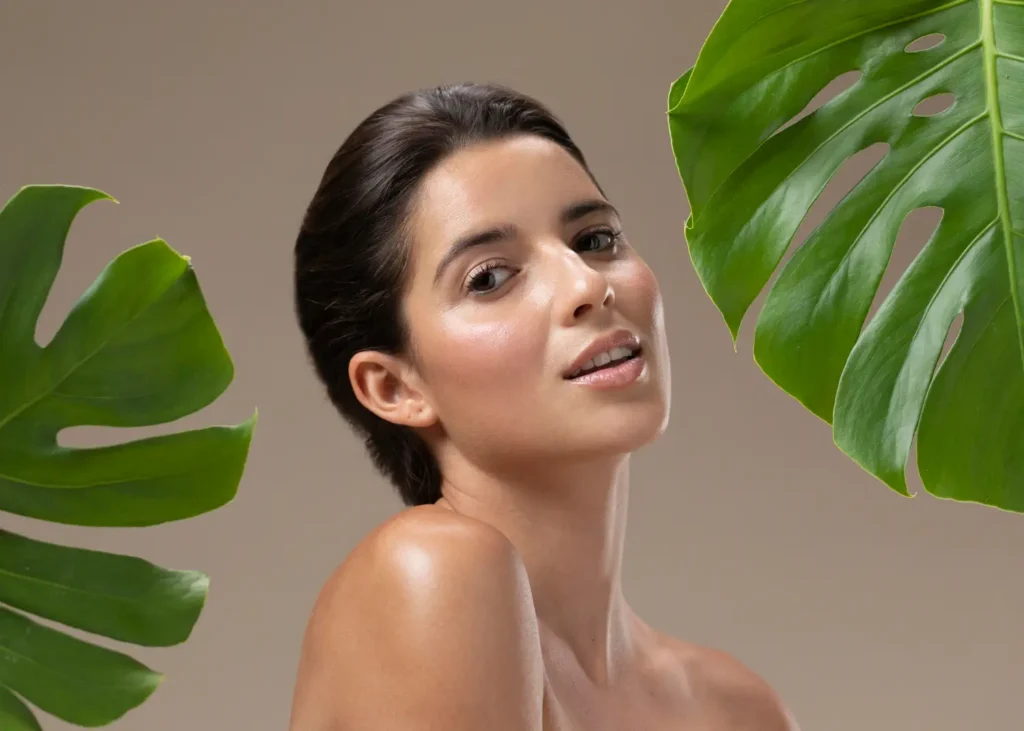Each Fitzpatrick skin type present unique challenges and needs that must be addressed with personalized care. Individuals with lower Fitzpatrick scores may be more susceptible to UV radiation, while those with higher ratings could experience post-inflammatory hyperpigmentation from specific procedures. By recognizing these differences, dermatologists can tailor their approach to each individual’s characteristics and minimize potential risks. Understanding one’s Fitzpatrick skin type is essential for achieving desired aesthetic outcomes and safeguarding overall skin health through targeted interventions.
Table of Contents
ToggleWhat Is a Fitzpatrick Skin Type?
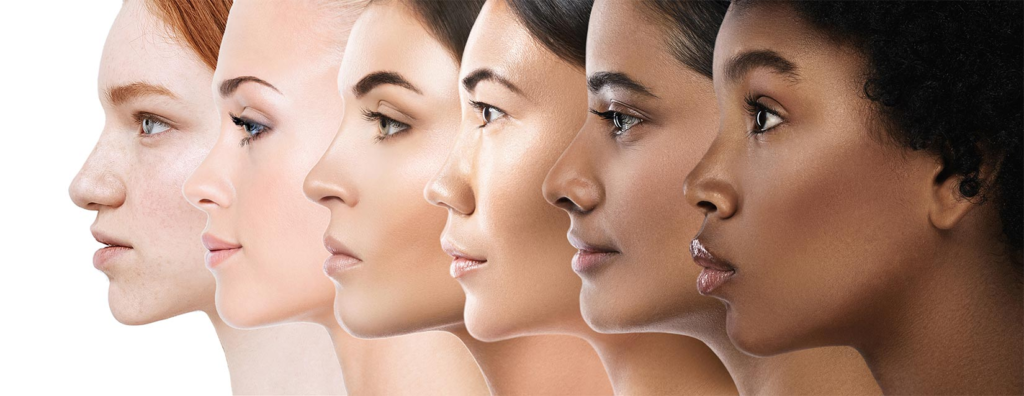
The Fitzpatrick skin is a way to group different skin tones based on how they react to sunlight. It was made by dermatologist Thomas B. Fitzpatrick in 1975 and is used in dermatology and cosmetic procedures. There are six types, from Type I (very fair skin that always burns and never tans) to Type VI (intensely pigmented dark brown to black skin that never burns).
Each type has specific traits, like how likely it is to get sunburned, the ability to tan, and the risk of skin cancer. Knowing your Fitzpatrick skin can help you choose the proper sun protection, skincare products, and cosmetic treatments. Dermatologists use this system to decide on treatments for different skin issues and to reduce the risk of harmful reactions during procedures like laser therapy or chemical peels.
How to Find Your Fitzpatrick Skin Type?
To find out your Fitzpatrick skin, you can start by seeing how your skin reacts to the sun. The Fitzpatrick scale sorts skin into six types based on its response to UV exposure. Type I is the most sensitive, and Type VI is the most resistant. Think about how easily your skin burns, tans, or gets freckles in the sun. Another way to determine your Fitzpatrick skin is to consider your family background and ethnic origin.
People with fair skin, light eyes, and blonde or red hair are likelier to be in the lower Fitzpatrick types, while those with darker skin tones are usually in the higher Fitzpatrick types. Your skin type might change because of aging, hormonal changes, or sun exposure. Talking to a dermatologist can give you a more accurate idea of your Fitzpatrick skin and help you choose the proper skin care and sun protection.
What Color Are Your Eyes?
The color of my eyes is brown. Eye color is determined by the amount and distribution of melanin in the iris, which can vary widely among individuals. Brown eyes are the most common eye color worldwide, resulting from higher levels of melanin pigmentation in the iris.
What Is Your Natural Hair Color?
My natural hair color is a dark brown. I’ve always had this shade of hair since I was born, which complements my skin tone. Although I’ve experimented with different hair colors over the years, I always return to my natural dark brown because it feels the most authentic.
Understanding your natural hair color can be important when choosing hair dyes or treatments. It’s helpful to know your base color to achieve the desired results when coloring or lightening your hair.
What Is Your Natural Skin Color (before sun exposure)?

Your skin’s natural color comes from a pigment called melanin, made by cells called melanocytes. More melanin means darker skin, and less means lighter skin. Your genetic makeup and ethnic background determine your skin color before exposure to the sun. Genetics, ancestry, and where you live all affect your skin color. It’s essential to take care of your skin color and protect it from the sun with sunscreen and other measures.
How Many Freckles Do You Have On Unexposed Areas of Your Skin?
The number of freckles on unexposed skin can vary significantly from person to person. Freckles happen because of melanin, the pigment that gives our skin its color, and they show up when we get sun. But genes also decide how many freckles someone might have. Some people have very few freckles, while others have a lot.
Freckle density can also change over time because of things like getting older and hormonal changes. It’s important to remember that having or not having freckles doesn’t say anything about skin health. People should always focus on protecting their skin from the sun and checking for changes in moles or spots.
How Does Your Skin Respond to the Sun?
When exposed to the sun, your skin triggers a series of responses to protect itself from potential damage. The most noticeable answer is the production of melanin, the pigment that gives skin its color. Melanin acts as a natural sunscreen, absorbing and dissipating harmful UV rays to prevent them from damaging the skin cells.
Does Your Skin Tan?
The skin has a natural defense mechanism to protect itself from the sun’s harmful UV rays by producing more melanin, which is responsible for tanning. When exposed to sunlight, the skin darkens in color due to increased melanin production. This process helps to shield the skin from further damage caused by UV radiation.
How Deeply Do You Tan?
Your tan depends on your skin type, how long and intense your sun exposure is, and if you use tanning products. Fair skin tans lightly, while darker skin tans more deeply. Too much sun can damage your skin and increase the risk of skin cancer, so using sunscreen and limiting sun time is essential. Tanning beds can also give you a deep tan, but have chances. UV radiation from tanning beds can cause premature aging and increase the risk of skin cancer.
If you want a deep tan without UV harm, consider using self-tanning products or getting a spray tan from a professional salon. These options can help you get a deep tan without exposing your skin to harmful UV radiation.
What Is Your Fitzpatrick Skin Type?
The Fitzpatrick skin type is a way to group different skin tones and how they react to the sun. Dr. Thomas B. Fitzpatrick made it in 1975, and it is used extensively in dermatology and cosmetic procedures. It looks at things like genes, how the skin reacts to UV light, and if it gets sunburned or tan. There are six types, from type I (pale skin that always burns and never tans) to type VI (dark brown or black skin that never burns).
Your Total Score Is Between 0-6
If your Fitzpatrick skin type scale score is between 0 and 6, you likely have fair to light skin and may get sunburned easily. It’s essential to be careful in the sun because UV rays can damage your skin. Use sunscreen with a high SPF, stay in the shade during the brightest sun hours, and wear protective clothing to avoid sunburn and potential skin damage.
People with a score of 0-6 on the Fitzpatrick scale may develop freckles or moles because of their fair skin. Check your moles regularly for changes or new growths to catch any problems early. Embracing and protecting your natural skin tone will help you keep your skin healthy and looking good.
Your Total Score Is Between 7-12
If your score is 7-12 on the Fitzpatrick skin scale, you have light to medium skin that can get sunburned easily and tan gradually. Knowing your skin type is essential for choosing the right skincare products and protecting yourself from the sun. People with a score of 7-12 should use sunscreen with SPF 30 or higher daily, even when it’s cloudy, to protect against UV rays. Using antioxidants like vitamin C can also help protect your skin. Drinking water and eating a healthy diet can also help keep your skin healthy.
Your Total Score Is Between 13-18
If your score is between 13 and 18 on the Fitzpatrick skin scale, you likely have a fair to medium complexion. You might quickly get sunburned, but can also tan. This range means you have a mix of pigmentation and a moderate risk of sun damage. It’s essential to know how sensitive your skin is to UV rays and protect it.
People in this range should use sunscreen with SPF 30 or higher, wear protective clothing, and stay in the shade when the sun is strongest. Using antioxidants in your skincare routine can help fight sun damage. These habits reduce the risk of early aging and support the overall health of your skin.
Your Total Score Is Between 19-24
If your score is 19-24, you probably have a Fitzpatrick skin type III or IV. This means you have a moderate risk of sun damage and can tan. Knowing your skin type can help you make intelligent sun protection and skincare choices. In this score range, it’s essential to use sunscreen with at least SPF 30 to protect against UV rays that cause early aging and skin cancer.
Also, using products with antioxidants, like vitamin C and green tea extract, can help reduce the effects of environmental stress on your skin. Creating a personalized approach based on your needs can help you confidently manage skincare.
Your Total Score Is Between 25-30
If your Fitzpatrick skin type scale score is 25-30, you have medium-toned skin that can get sunburned and tan easily. You must protect your skin from the sun and choose the right sunscreen. A score of 25-30 means you are at moderate risk for skin issues like hyperpigmentation and premature aging from the sun. Using antioxidants in your skincare routine can help. Getting advice from a dermatologist can also help you care for your medium-toned skin.
DIY Anti Ageing Cocoa Butter Body Lotion
Your Total Score Is Between 31+
If your score is between 31, your skin type likely falls within the Fitzpatrick scale, which means it may be more prone to sun damage and pigmentation issues. Considering this score when choosing skincare routines and sun protection is essential, as the right products and techniques can significantly impact your skin’s health. Understanding your Fitzpatrick skin can help you make informed decisions about caring for your complexion, ensuring it looks its best in the long run.
With a score between 31, it’s essential to recognize that different areas of the world have varying degrees of UV exposure, which can affect how you should approach sun protection and skincare. Learning about the best ways to protect your skin based on location-specific factors is essential for maintaining healthy and radiant skin.
Conclusion
Fitzpatrick skin type is crucial in developing an effective skincare regimen and preventing potential skin issues. By identifying your skin type, you can make informed decisions about the products and treatments best suited for your needs. This knowledge will also help you avoid adverse reactions or complications from using inappropriate products.
Recognizing your Fitzpatrick skin can contribute to the overall health and appearance of your skin, allowing you to maintain a radiant and youthful complexion. Take the time to assess your skin type and consult with a dermatologist if necessary to ensure that you provide the best care for your unique skin needs.
FAQs
Can my Fitzpatrick skin type change over time?
No, your Fitzpatrick skin type does not change over time. The Fitzpatrick scale is a classification system that categorizes different skin types based on their response to sun exposure and potential for developing sunburn or tanning. It considers factors such as skin color, sensitivity to UV rays, and likelihood of burning or tanning.
Does having a higher Fitzpatrick skin type mean I don’t need sunscreen?
Having a higher Fitzpatrick skin does not mean you don’t need sunscreen. Individuals with higher Fitzpatrick skin (IV-VI) are at a higher risk of sun damage and skin cancer due to their increased melanin production. While they may have some natural protection against UV rays, it’s still crucial for them to use sunscreen to protect their skin from harmful effects.
Are there specific skincare recommendations for each Fitzpatrick skin type?
Yes, there are specific skincare recommendations for each Fitzpatrick skin. The Fitzpatrick scale is a numerical classification system that measures how different skin types respond to ultraviolet (UV) light. There are six skin types on the scale, ranging from Type I (very fair skin that always burns and never tans) to Type VI (very dark skin that never burns).

